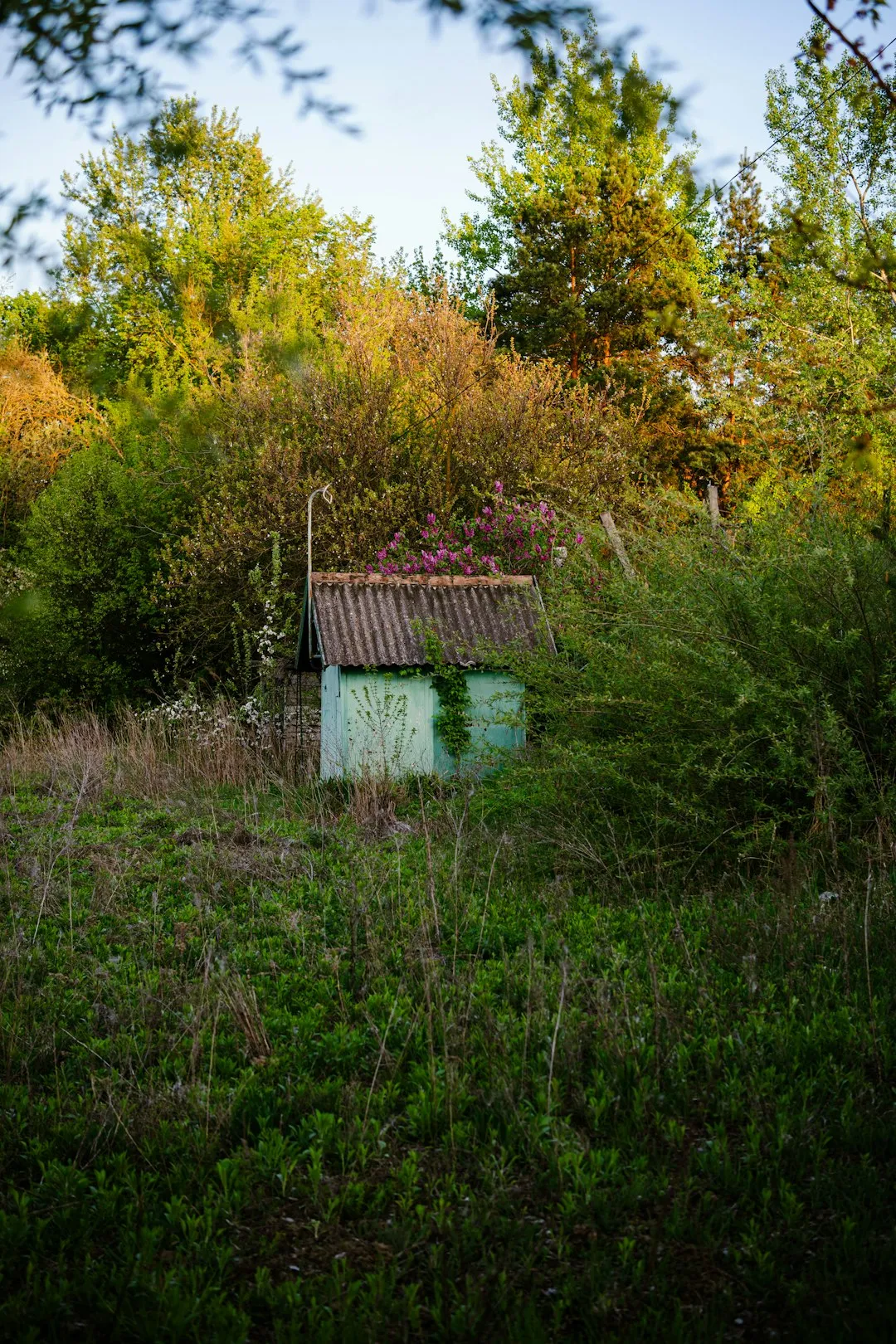The Art of Pruning Crape Myrtles for Optimal Blooms

When it comes to gardening, caring for trees and shrubs is a rewarding endeavor. Among the many beautiful plants, crape myrtles stand out with their vibrant flowers and elegant form. However, to truly enjoy their blossoms, understanding the right time to prune is crucial. In this article, we will explore when it is too late to prune crape myrtles and how to time your pruning correctly.
Pruning crape myrtles is not just about maintaining their shape; it directly impacts their flower production. These plants produce flowers on new growth. Therefore, the timing of pruning can significantly affect the quantity and quality of the blooms you'll see later in the season.
So, when is it too late to prune crape myrtles? Generally, if you want to enjoy a profusion of flowers, pruning should be done in late winter or early spring before new growth begins. Once the plant starts to put out new buds and leaves, it's getting close to the point where pruning might reduce the number of flowers. If you prune too late, say in late spring or summer when the plant is already in the process of developing flower buds, you risk cutting off those potential blooms.
Let's take a closer look at why late pruning can be a problem. Crape myrtles form flower buds on the current season's growth. When you prune late, you remove the branches that would have developed those buds. As a result, the plant may produce fewer flowers or none at all. This is a disappointment for any gardener who looks forward to the colorful display that crape myrtles are known for.
Now, let's discuss how to time your pruning correctly. Late winter is an ideal time for pruning crape myrtles. During this period, the plant is dormant, and it's easier to see the plant's structure without the foliage getting in the way. You can start by removing any dead, damaged, or diseased branches. These branches not only detract from the plant's appearance but can also harbor pests and diseases.
Next, look for any crossing or rubbing branches. These can cause damage to the bark and create entry points for pests and diseases. Removing them will help the plant maintain a healthy and open structure. You can also thin out some of the interior branches to improve air circulation. Good air circulation is essential for preventing fungal diseases, which can be a problem for crape myrtles.
When pruning, use sharp and clean pruning tools. Dull tools can crush the branches, making it harder for the plant to heal. Clean tools help prevent the spread of diseases from one plant to another. Make your cuts at a 45 - degree angle just above a bud or branch junction. This promotes proper healing and encourages new growth in the right direction.
Another important aspect of pruning crape myrtles is not to over - prune. Some gardeners make the mistake of severely cutting back crape myrtles, thinking it will make the plant more compact or produce more flowers. However, excessive pruning, also known as 'crape murder,' can actually weaken the plant and lead to abnormal growth. It can also result in fewer and smaller flowers.
After pruning, it's a good idea to fertilize the crape myrtle. A balanced fertilizer will provide the nutrients the plant needs to support new growth and flower production. Follow the instructions on the fertilizer package for the correct application rate and method.
In addition to proper pruning and fertilizing, regular watering is also important for the health of crape myrtles. They prefer well - drained soil but need consistent moisture, especially during the hot summer months. Water deeply and infrequently to encourage deep root growth.
To sum it up, if you want to enjoy the beautiful flowers of crape myrtles, pay close attention to the timing of pruning. Prune in late winter or early spring before new growth starts to ensure a bountiful display of blooms. Use proper pruning techniques, avoid over - pruning, and provide the plant with the right care in terms of fertilizing and watering. With these steps, your crape myrtles will thrive and become a stunning addition to your garden.
Remember, gardening is a continuous learning process. Each year, you can observe how your crape myrtles respond to your pruning and care, and make adjustments as needed. By mastering the art of pruning crape myrtles, you'll be well on your way to creating a garden that is full of color and life.